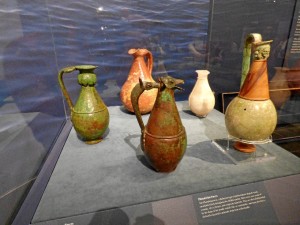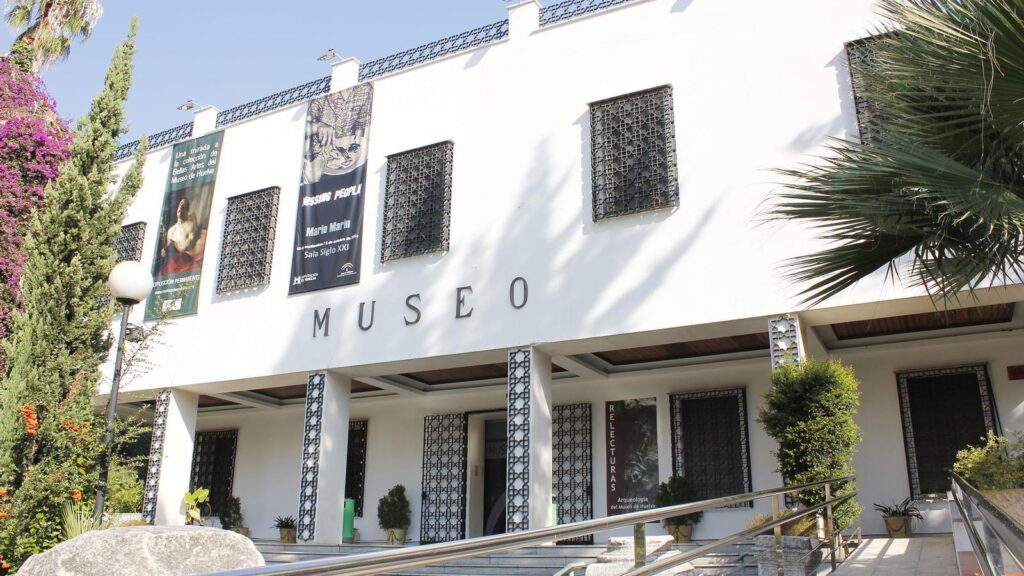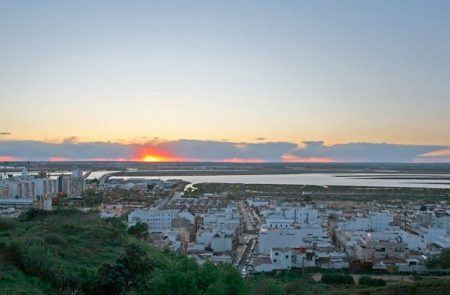Huelva is not the largest or the most famous city in Andalusia, but if you know where to go it is unique and very interesting. The archaeological ruins are not in sight, as in Merida, but you have to look for them a little more. That is why we are going to give you a guide in this post and we are also going to tell you about the legend of Tartessos.
The people of Huelva say that Tartessos was in Huelva
Tartessos is a great ancient city described in the Bible, where it appears as Tarshish. Many Greek writers also spoke about it. So far, archaeological findings point to the triangle of Seville, Cadiz and Huelva.
In any case, it was the oldest civilization in the West, although some believe that it was contemporary with the mythical Atlantis. It was a civilization rich in trade according to the Book of Kings, trading in gold, silver, ivory, monkeys and peacocks.
Tartessian evidence has also been found in Huelva, such as the necropolis of Cabezo La Joya. In 1960 burials were found and later research began. They were not ordinary tombs, they were tombs of aristocratic origin due to the wealth of materials. Could they belong to the family of the mythical king Argantonio?

It was that question that led many to think that Huelva was the capital of Tartessos and that after fleeing from their capital, they buried their treasure in the Sevillian Aljarafe: The treasure of the Carambolo, whose reproduction can be seen in the archaeological museum of Seville, although the ancient pieces are safe in a bank safe.
Are you interested in archaeological findings? Visit the Roman city of Italica with our excursion from Seville for 35 €.
If you go to Huelva, be attentive, because you will find Tartessian references everywhere (names of streets and public buildings).
Archaeological visits in Huelva city
Many civilizations have passed through Huelva and, although much remains to be discovered, you can visit findings in the most unexpected places.
A Roman house in a clothing store
When you go shopping in the capital of Huelva, go to the Sfera store on Concepción Street and look at the part of the floor that is made of glass. If you look closely you will see that below is a Roman house, whose description you will find on a sign on the front of the store.
A wall in a supermarket
As with Sfera, a piece of the Phoenician walls of Huelva can be found under the supermarket“El Jamón“, in the Plaza San Pedro (which we recommend you visit along with one of the most beautiful churches in Huelva, dedicated to the same saint).
An aqueduct in a neighbor’s backyard
Once you are in St. Peter’s Square, continue forward along St. Andrew Street, until you see a building called “Sit tibi terra levis”, which in Latin means “may the earth be light to you”, giving you a clue as to what you will find in its courtyard.
In Roman times in Huelva, Onuba for them, there was a necropolis and a part of the aqueduct, which today you can see from a small viewpoint. To see enter the courtyard you will have to hire a guided tour.
Visit the museum of Huelva

The museum of Huelva is rich in archaeological pieces found in the area, so it is one of the must-see museums in the city. In addition, there are very interesting temporary exhibitions and it is on the way to the famous working class neighborhood, with its colorful English houses.
The old fountain on Mount Conquero

On Mount Conquero you can visit a viewpoint from which you will see beautiful views of the Odiel River, but you can also visit the old fountain, which is part of the Roman aqueduct of Onuba.



